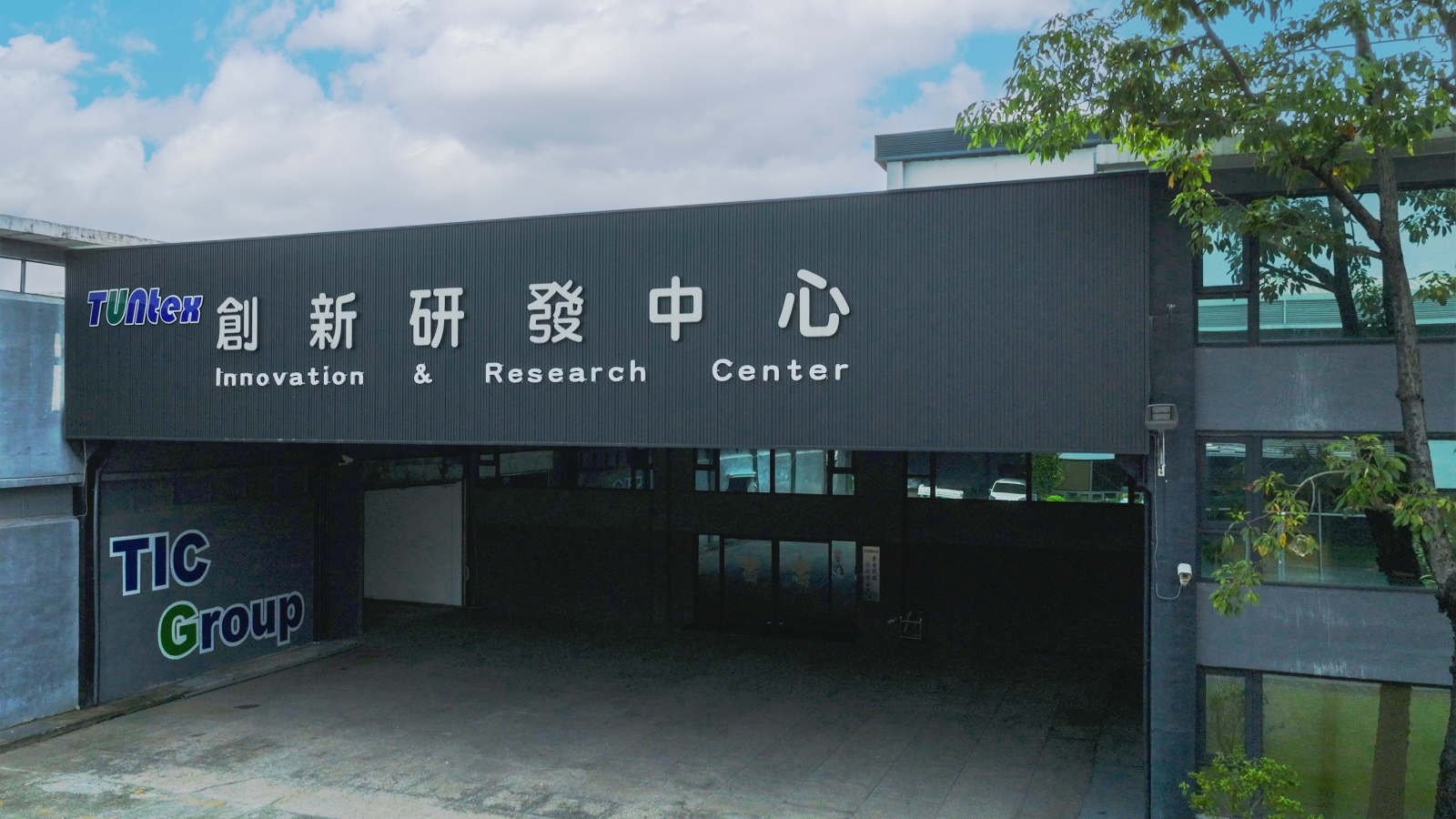A question has been raised as global firms and organizations are shifting focus to sustainability amid push for a greener future – how does the traditional industry incorporate the environmental, social, and governance (ESG) framework into their business? TUNtex Incorporation, an established textile and garment company from Taiwan, has the answer.
With nearly 70 years of history, the company has adopted smart manufacturing, transforming from a traditional textile manufacturer to a vertically integrated company that has achieved carbon reduction during its manufacturing process. Compared to a traditional textile factory that consumes an average of around 4,000 tonnes of water per day, TUNtex needs 400 tonnes only for its Kaohsiung-based Lujhu factory, recycling and reusing up to 90% of its water consumption.
Integration of smart transformation and green policies
TUNtex started expanding into Southeast Asia from the 1980s. It established garment factories in Indonesia, Thailand, Vietnam, and Cambodia and has become the long-term supplier of international brands such as Nike and Adidas. According to Deputy Manager Lin Ming-wang (林明旺) of TUNtex, 2014 represents a key turning point in the company’s development, when a new executive management team came to a realization that “making change is key to a sustainable business.” The company then initiated its first five-year transformation plan.
 Deputy Manager Lin of TUNtex in an interview with Reccessary.
Deputy Manager Lin of TUNtex in an interview with Reccessary.
Starting from its factory in Lujhu District, Kaohsiung, TUNtex renovated the building, replaced older equipment and production model with the new. What’s more, it incorporates the environmental concept into its transformation. So far, TUNtex has obtained more than 700 green energy certificates. Within three years of transformation, TUNtex, with assistance from the Foundation of Taiwan Industry Service Foundation, passed the Industrial Development Bureau’s clean production audit and has established a comprehensive mechanism for waste and raw material management, becoming a low-carbon green factory.
TUNtex was not the only textile manufacturer that conducted business transformation, but it established its leading position in the industry by setting up the Innovation & Research Center in 2018 to develop smart manufacturing, product value maximization, and fabric compound processing in collaboration with the Industrial Technology Research Institute. To realize smart manufacturing, TUNtex spent two years on integrating the Internet of Things (IoT) with equipment, during which they even had to start from the beginning due to failed attempts. The smart manufacturing eventually brought fruitful outcome after they overcame obstacles.
Bringing experience to Southeast Asia
The first equipment integrated with IoT is a 10-meter-long textile molding machine, Lin recalled. With IoT, parameters such as operation, oven temperature, and airflow can be displayed in real time, enabling the company to obtain complete production information and resolve the bottleneck in the manufacturing process. As the data are clearly recorded, production efficiency and quality are also improved. This transformed nearly 1,000 machines in the textile and dyeing factories in Taiwan and Thailand into visualized, cloud-based data.

TUNtex established the Innovation & Research Center in 2018 to advance smart manufacturing(TUNtex)
The next step after the establishment of the database is to integrate data from orders, production scheduling, and exception management to realize "borderless" production management in the textile industry, which was particularly effective during the Covid-19 pandemic. In 2021, the company introduced AI to analyze the production experience comprehensively and pass down these experiences.
While smart manufacturing requires huge investment of time and labor, it is the key to green transition, Lin said. Smart manufacturing and energy saving should go hand in hand, as it would be difficult for business to calculate carbon footprint if they don’t have cloud data as the basis. In 2020, TUNtex formed a ESG committee in the hope to combine digital innovation and sustainability. The committee designed the company’s carbon reduction roadmap and made ESG plans for the next five years, including installing solar panels on factories across Taiwan and Southeast Asia for self-consumption. Meanwhile, it set a goal under the framework of Digital Innovation Sustainability Services (DIS+) to improve carbon emissions. As of this year, the company has cut emissions by 25% and expects to bring experiences to its factories in Southeast Asia.
People-orientated corporate culture drives carbon reduction implementation
Achieving green transformation requires enterprise collaboration. TUNtex breaks the stereotype of traditional manufacturer by cultivating a corporate culture that makes employees feel comfortable and supported, thus driving business into a united objective. TUNtex cares employees’ needs and responds immediately to problems or plans raised by factories, Lin said. The bottom-up approach is the key to the rapid and successful implementation of IoT, energy saving and carbon reduction, as well as innovation programs.
Looking ahead, TUNtex still needs to overcome issues such as policy uncertainty and unclear information in Southeast Asia to materialize green transformation in its factories across the SEA region. TUNtex is also closely monitoring the development of CBAM, while continues to make steady progress in transformation. At present, the company is converting textile sludge into solid renewable fuel (SRF) by combining wood chips and fabrics through patented technology, making it the main source of energy for textile factories, realizing in-plant recycling. It aims at cutting carbon emissions by 50% by 2030, and is committed to using 13% green electricity by 2025, hoping to become a pioneer in the manufacturing industry.